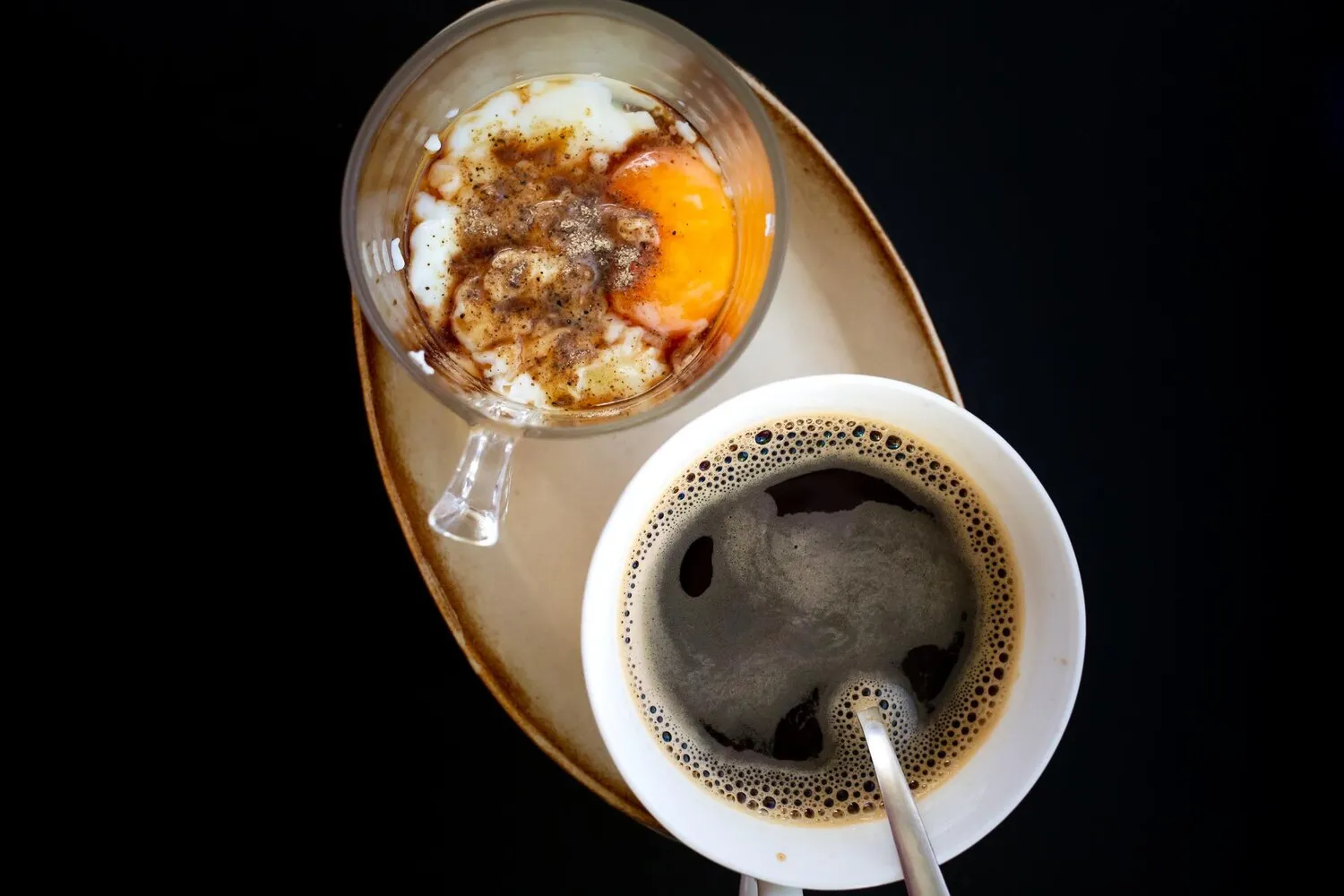
Espresso
A classic coffee drink.
Nutrition Facts
* The % Daily Value (DV) tells you how much a nutrient in a serving of food contributes to a daily diet. 2,000 calories a day is used for general nutrition advice.
Espresso's origins trace back to early 20th-century Italy, driven by the desire to brew coffee faster and on-demand. The development of espresso machines allowed for individual servings to be prepared quickly, catering to the growing urban population and a fast-paced lifestyle. Early innovations focused on steam pressure to force water through finely-ground coffee.
Espresso is deeply ingrained in Italian culture and has spread globally, becoming a staple in coffee shops and homes worldwide. It's more than just a drink; it's a social ritual and a symbol of Italian hospitality and craftsmanship.
Italian Coffee Culture
In Italy, espresso is typically consumed quickly, often standing at the bar ('al banco'). It's a common part of daily life, enjoyed multiple times a day.
Social Ritual
Espresso is often shared with friends and family, creating a social bonding experience.
Base for other Drinks
Espresso is the foundation for many other popular coffee drinks, such as cappuccino, latte, and macchiato, adapting to diverse tastes globally.
Espresso offers a concentrated and intense flavor profile, characterized by a balance of bitterness, sweetness, acidity, and body.
The dominant flavors are typically rich and bold, often featuring notes of chocolate, caramel, nuts, and toasted bread. The inherent bitterness of the coffee bean is balanced by natural sugars extracted during the brewing process. Acidity provides brightness and complexity, while the crema contributes to a smooth and velvety mouthfeel. The specific flavor profile varies depending on the coffee bean origin, roast level, and brewing technique.
Grind Size
The grind should be fine and consistent, resembling powdered sugar. An incorrect grind size can lead to under-extraction (sour) or over-extraction (bitter) espresso.
Tamping Pressure
Apply consistent and even pressure (around 30 pounds) when tamping the coffee grounds to create a dense and uniform puck.
Water Temperature
The optimal water temperature for espresso extraction is typically between 195-205°F (90-96°C). Adjusting the temperature can influence the flavor profile.
Brewing Time
The ideal extraction time for a double shot of espresso is usually between 25-30 seconds. This allows for proper extraction of flavors and aromatics without over-extracting bitter compounds.
Explore additional Drink dishes and restaurants
Explore DrinkDiscover top dining spots and culinary experiences in Bolzano.
Explore BolzanoLearn more about the food culture, restaurant scene, and culinary heritage of Italy.
Explore Italy